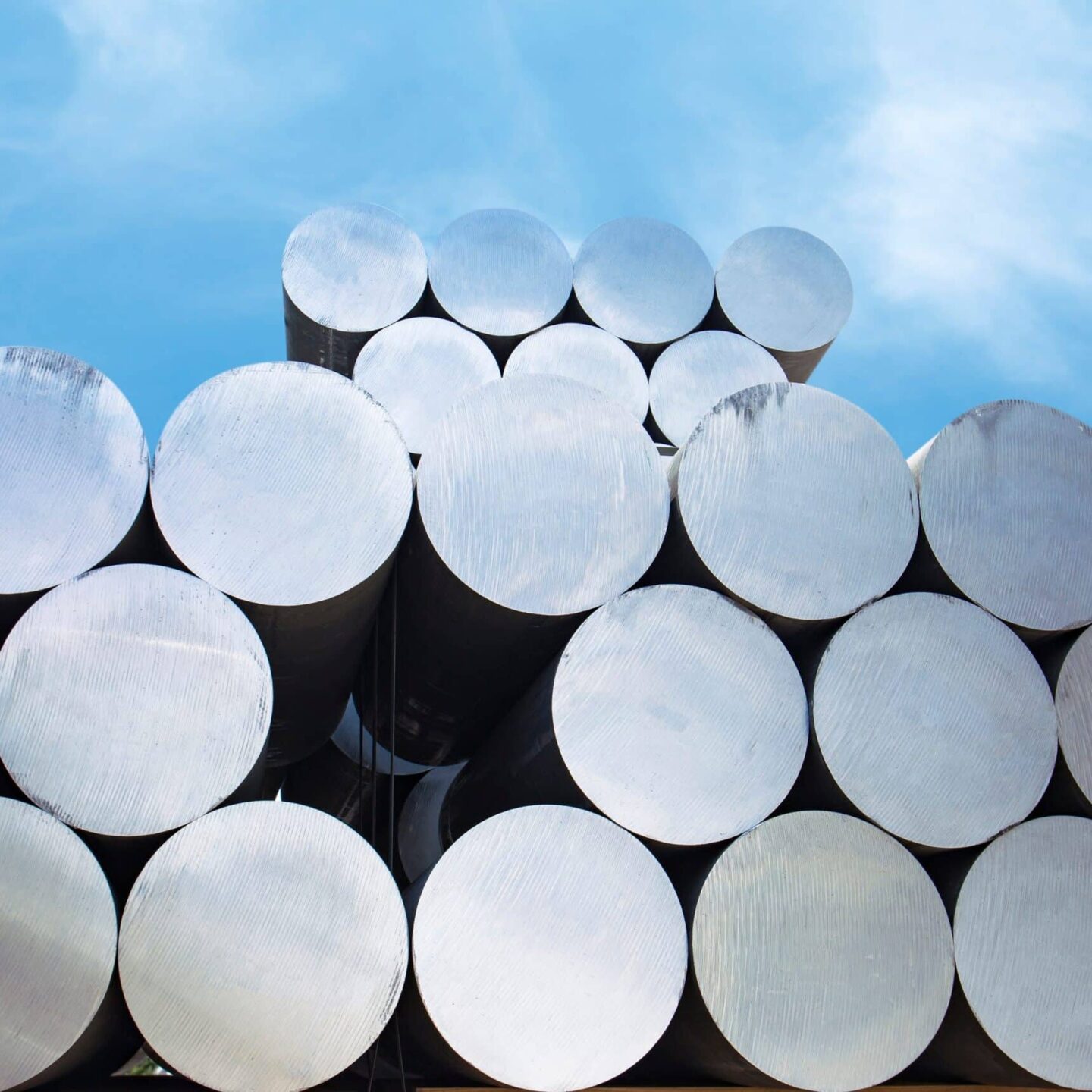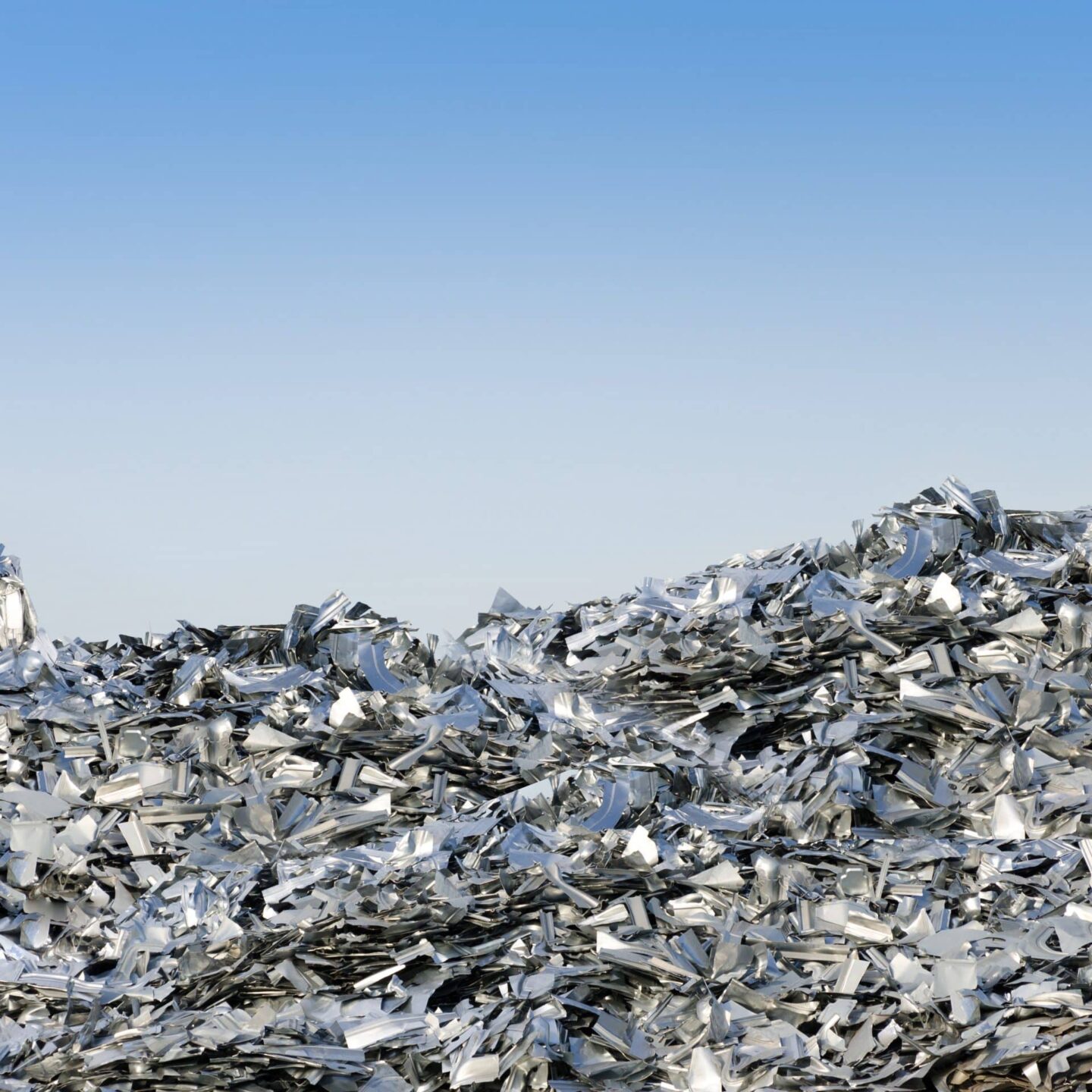A tool to evaluate the energy, environmental and financial benefits of using BR in the cement.
The Excel-based tool quantifies the benefits of using bauxite residue in cement. Developed by the Ecole de Technologie Superieure (ÉTS), part of the Université du Québec, it assesses the energy, environmental and financial benefits of using bauxite residue in the cement and concrete industry.
Designed for use by both the alumina and cement producers, the tool evaluates the use of bauxite residue as an ingredient for clinker production and as supplementary cementitious material.
It benefits the alumina sector by providing an economic assessment for expenses and revenues related to bauxite residue storage, commercialisation and transportation. The tool proves beneficial to the cement sector too by comparing all possible scenarios of adding bauxite residue to the baseline of normal cement plant operations and therefore ascertaining a detailed cost, energy and emissions analysis of adding bauxite residue.





